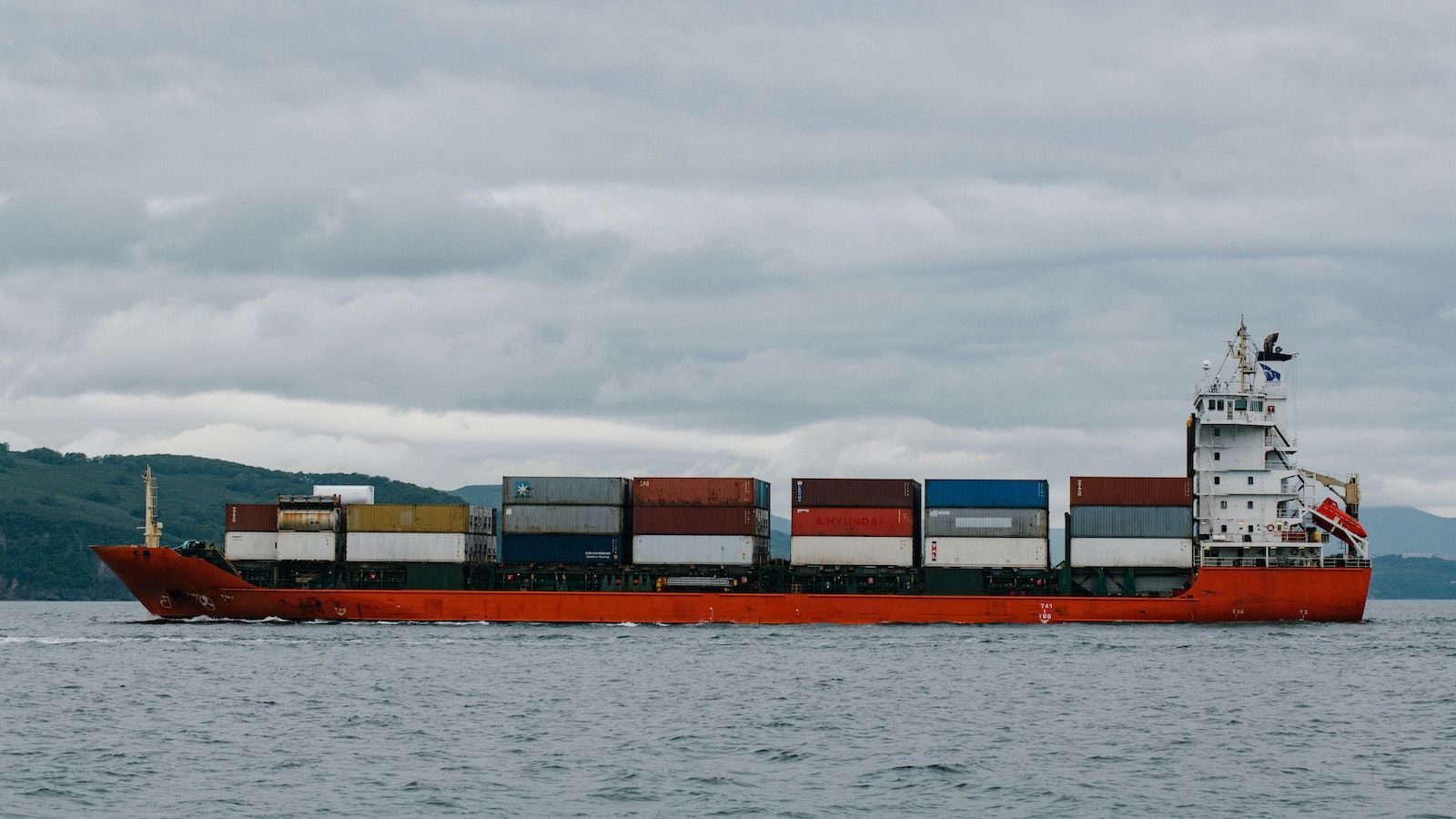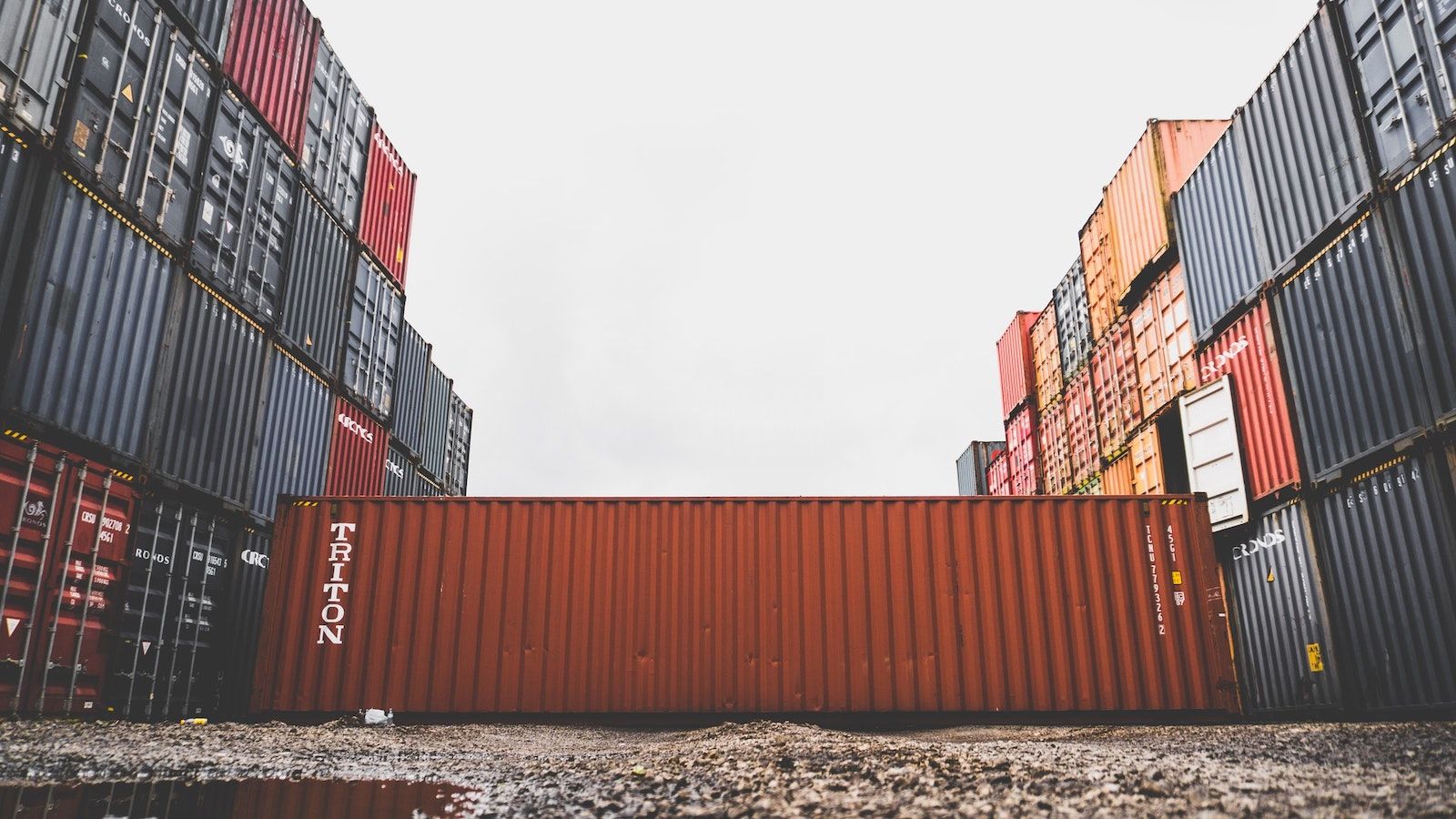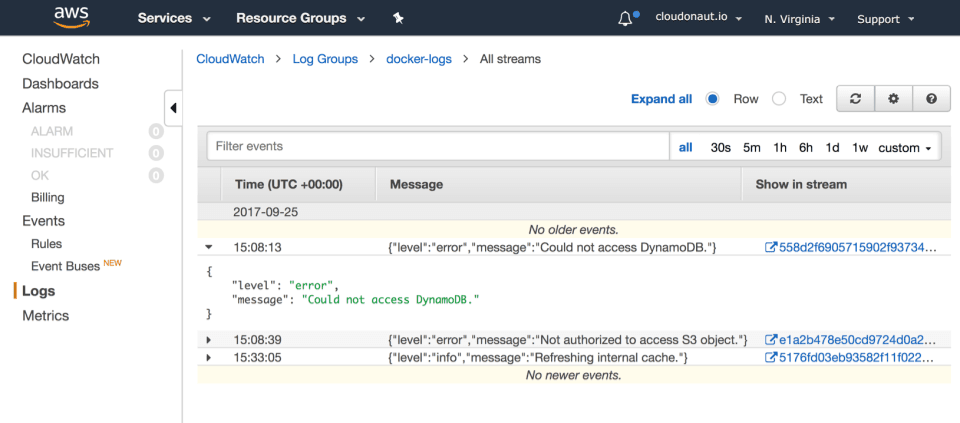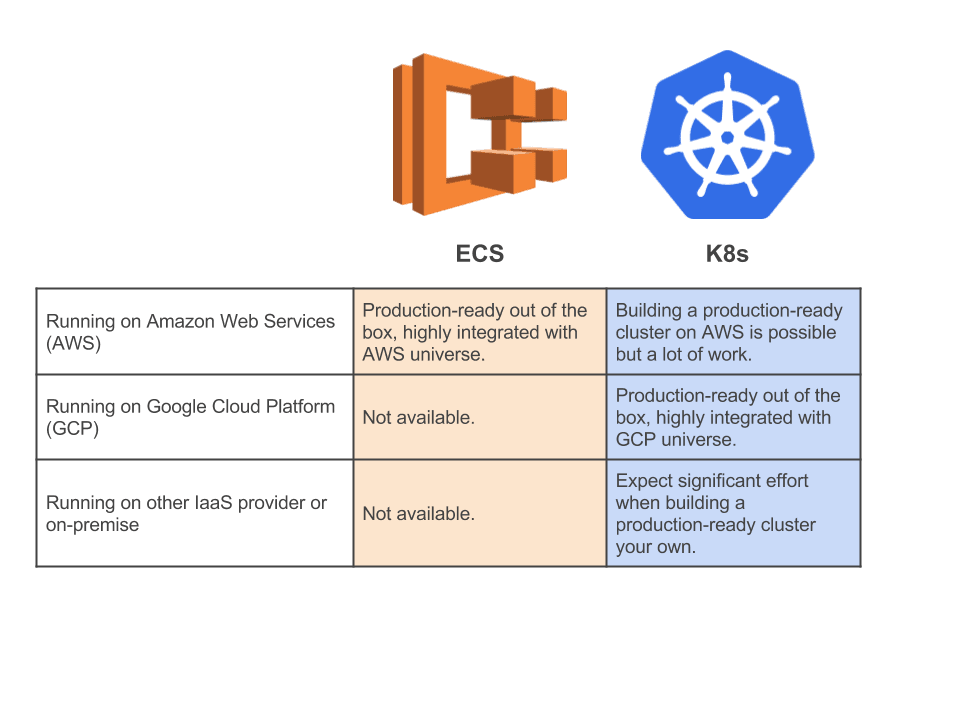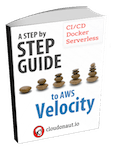#ecs | Amazon ECS (1)
The Elastic Container Service (ECS) is a great choice to orchestrate containers and an alternative to EKS and K8s.
How to monitor container workloads running on ECS and Fargate?
How do you monitor a container workload running on ECS (Elastic Container Service) and Fargate with on-board resources? Here are the prioritized aspects when it comes to monitoring containers on AWS. Event-driven monitoring with EventBridge Monitoring ...
Read moreBuilder's Diary Vol. 6: Serverless and DevOps - a match made in heaven
Get insights into the day-to-day challenges of builders. In this issue, Vilius Kukanauskas from our partner DEMICON explains why Serverless and DevOps are a match made in heaven. Here you go if you prefer a video or podcast instead of reading. JavaScri...
Read moreBuilder's Diary Vol. 5: ECS Anywhere
Get insights into the day-to-day challenges of builders. In this issue, Samia Rabah from our partner DEMICON talks about ECS Anywhere to orchestrate containers on-premises and in the cloud. If you prefer a video or podcast instead of reading, here you ...
Read moreMastodon on AWS: Host your own instance
While Twitter seems to be in chaos, the free and decentralized alternative, Mastodon, is rising. At first glance, Twitter and Mastodon are similar. A toot is to Mastodon what a tweet is to Twitter. However, the decentralized nature of Mastodon makes a b...
Read moreContainers on AWS: ECS, EKS, and Fargate
The container landscape in general and on AWS in particular is changing quickly. AWS releases new services and features to deploy containers constantly. Currently, the most interesting options are: Elastic Container Service (ECS) and Elastic Kubernetes ...
Read moreRunning containers on spot infrastructure
Running workloads on spot infrastructure is significantly cheaper. You can reduce your bill by 50% or more. Keep in mind that spot workloads can be terminated at any time. If you are lucky, you will be noticed 2 minutes upfront to shut down gracefully. ...
Read moreReview: AWS App Mesh – A service mesh for EC2, ECS, and EKS
It seems to me like everyone is talking about service meshes these days - definitely a hot topic in the world of containers and microservices. A service mesh promises reducing latency, increasing observability, and simplifying security within microservi...
Read moreECS Deployment Options - From rolling updates to blue-green and canary
“How often do you deploy to production?” - This is an important question as the best application is useless if you can’t deploy it. And being able to deploy regularly and automated is quite important.The Elastic Container Service (ECS) is used by many A...
Read moreScaling Container Clusters on AWS: ECS and EKS
Containers are a powerful tool to streamline your development and deployment process. However, a container cluster - no matter if you are using ECS (Elastic Container Service), EKS (Elastic Kubernetes Service), or self-managed Kubernetes - increases com...
Read moreWhat's the best AWS Compute option for your project?
There are many good reasons why you should move to the cloud and AWS in particular. Benefit from the latest innovations or consume sophisticated technology as a commodity (relational databases, Hadoop clusters, data warehouses, …) to lower your time to ...
Read moreResilient task scheduling with ECS Fargate
Many applications use scheduled jobs to automate recurring tasks, such as: Generating and sending a monthly report. Disabling users who haven’t logged in for more than 365 days. Deleting stale data from the database. Doing so is simple, as long as an...
Read moreMore than 25 SSL certificates with ECS
Both the Application Load Balancer (ALB) and the Network Load Balancer (NLB) provide TLS/HTTPS listeners allowing you to encrypt the data in transit from the clients to your cloud infrastructure. Together, with the Amazon Certificate Manager (ACM) which...
Read moreThree ways to run Docker on AWS
There are a bunch of different ways to run your containerized workloads on AWS. This blog post compares the three most important ways to run Docker on AWS: Amazon Elastic Container Service (ECS) with AWS Fargate Amazon Elastic Container Service for Kub...
Read moreFargate networking 101
Fargate runs Docker containers on AWS. ECS is responsible for orchestrating the containers that Fargate runs. If you are new to Fargate, I recommend you to read: ECS vs. Fargate: What’s the difference?. ECS and Fargate offer deep integration with other ...
Read moreECS vs. Fargate: What's the difference?
When discussing options to run Docker on AWS, I’m often asked about the differences between ECS and EKS or Kubernets. However, lately, a new question arises: What’s the difference between ECS and AWS Fargate? In this blog post, you get the answer. You a...
Read moreFargate is ready for prime time, and we share our CloudFormation templates
The recent AWS Fargate Price Reduction (up to 50%) is the last piece in the puzzle to call Fargate a reasonable choice for running Docker workloads on AWS. The CIO perspective is as simple as this: you provide the Docker image and scaling rules, Fargate...
Read moreEKS vs. ECS: orchestrating containers on AWS
AWS announced Kubernetes-as-a-Service at re:Invent in November 2017: Elastic Container Service for Kubernetes (EKS). Since yesterday, EKS is generally available. I discussed ECS vs. Kubernetes before EKS was a thing. Therefore, I’d like to take a second...
Read moreA simple way to manage log messages from containers: CloudWatch Logs
Gone are the days when administrators logged into their machines to access log files. Containers and virtual machines are launched and terminated dynamically to scale based on demand, to deploy new versions, or to recover from failure nowadays. Collecti...
Read moreECS vs. Kubernetes: same same but different
EC2 Container Service (ECS) and Kubernetes (K8s) are solving the same problem: managing containers across a cluster of hosts. The battle between ECS and Kubernetes reminds me of the editor war between vi and Emacs: heated discussions focusing on technic...
Read moreAWS Velocity Series: Containerized ECS based app CI/CD pipeline
In the previous article, you learned how to use CloudFormation to describe a production-ready infrastructure for a containerized app running on ECS. In this article you will learn to: Automate the creation of a Docker image that contains the app Deploy...
Read more


